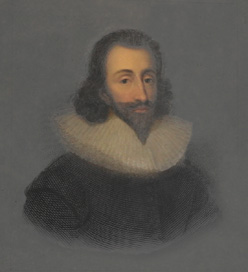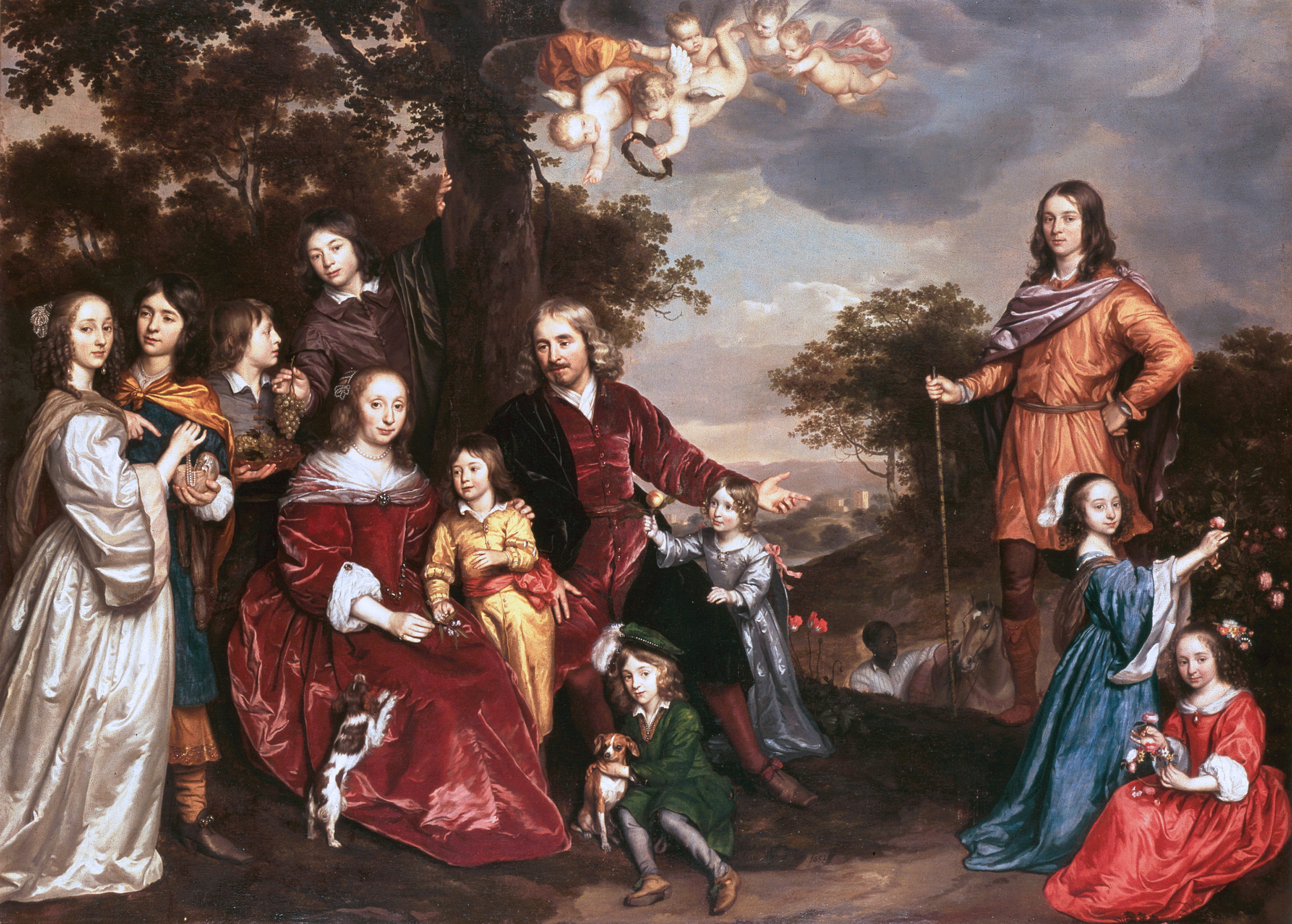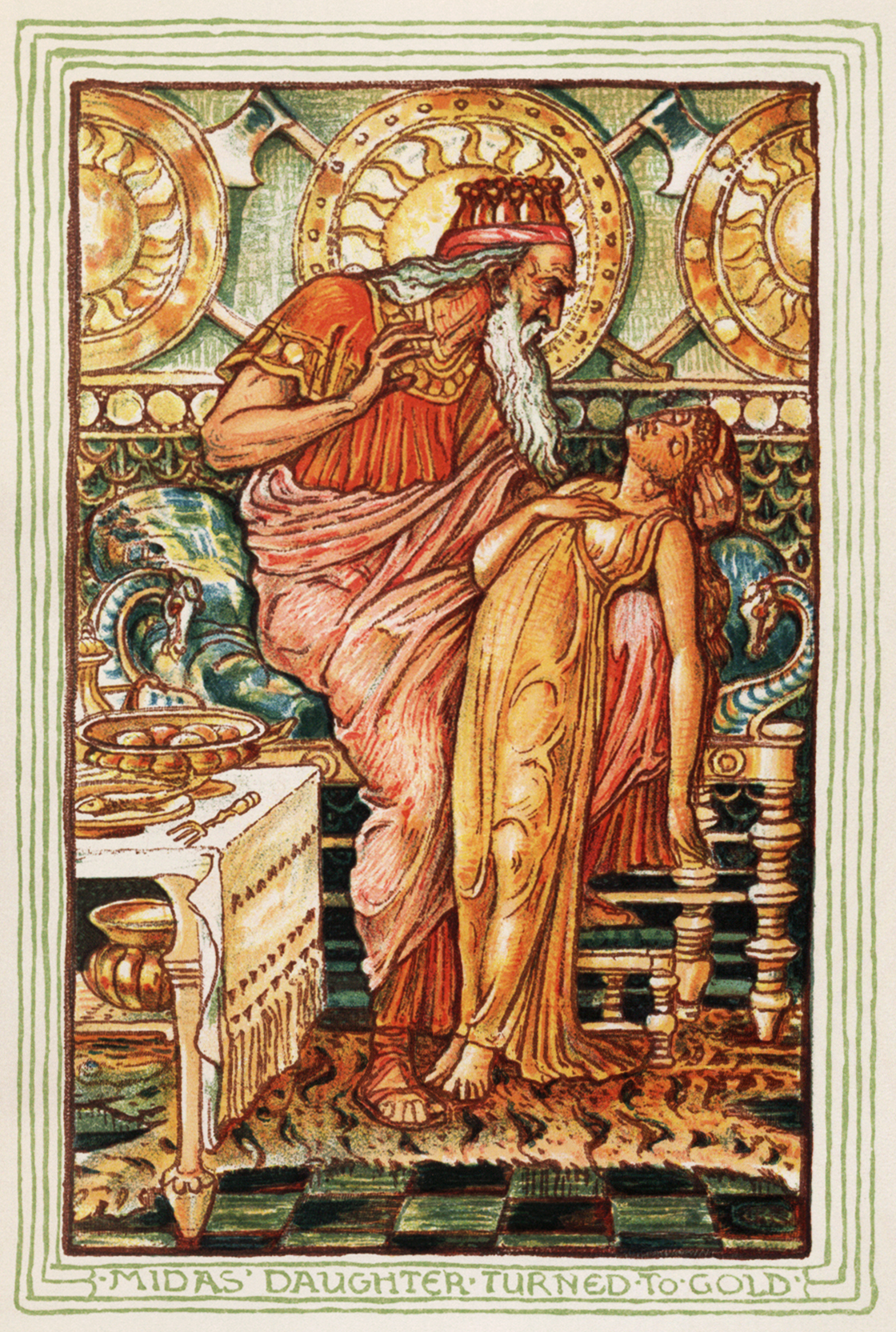|
Banbury Town Hall
Banbury Town Hall is a municipal facility in the High Street in Banbury, Oxfordshire, England. The town hall, which was the headquarters of Banbury Borough Council from its completion in 1854 until 1930, is a Grade II listed building. History The first town hall in the town was built in Cornhill in around 1590. It was replaced by a second town hall, constructed in timber, in the Market Place in around 1633 and followed by a third, more substantial structure, on the same site as the second building, in around 1790. The building was designed with arcading on the ground floor to allow markets to be held; an assembly room was established on the first floor. After the anti-reformist, Heneage Legge was elected member of parliament for Banbury in November 1819 by the members of Banbury Corporation, who were the only people allowed to vote, there was rioting in the town centre: the windows in the town hall were broken and attempts were made to tear down the pillars supporting the fir ... [...More Info...] [...Related Items...] OR: [Wikipedia] [Google] [Baidu] |
Banbury
Banbury is a historic market town on the River Cherwell in Oxfordshire, South East England. It had a population of 54,335 at the 2021 Census. Banbury is a significant commercial and retail centre for the surrounding area of north Oxfordshire and southern parts of Warwickshire and Northamptonshire which are predominantly rural. Banbury's main industries are motorsport, car components, electrical goods, plastics, food processing and printing. Banbury is home to the world's largest coffee-processing facility (Jacobs Douwe Egberts), built in 1964. The town is famed for Banbury cakes, a spiced sweet pastry dish. Banbury is located north-west of London, south-east of Birmingham, south-east of Coventry and north-west of Oxford. History Toponymy The name Banbury may derive from "Banna", a Saxon chieftain said to have built a stockade there in the 6th century (or possibly a byname from ang, bana meaning ''felon'', ''murderer''), and / meaning ''settlement''. In Anglo Saxon i ... [...More Info...] [...Related Items...] OR: [Wikipedia] [Google] [Baidu] |
Elizabeth II
Elizabeth II (Elizabeth Alexandra Mary; 21 April 1926 – 8 September 2022) was Queen of the United Kingdom and other Commonwealth realms from 6 February 1952 until her death in 2022. She was queen regnant of 32 sovereign states during her lifetime, and was head of state of 15 realms at the time of her death. Her reign of 70 years and 214 days was the longest of any British monarch and the longest verified reign of any female monarch in history. Elizabeth was born in Mayfair, London, as the first child of the Duke and Duchess of York (later King George VI and Queen Elizabeth The Queen Mother). Her father acceded to the throne in 1936 upon the abdication of his brother Edward VIII, making the ten-year-old Princess Elizabeth the heir presumptive. She was educated privately at home and began to undertake public duties during the Second World War, serving in the Auxiliary Territorial Service. In November 1947, she married Philip Mountbatten, a former prince ... [...More Info...] [...Related Items...] OR: [Wikipedia] [Google] [Baidu] |
City And Town Halls In Oxfordshire
A city is a human settlement of notable size.Goodall, B. (1987) ''The Penguin Dictionary of Human Geography''. London: Penguin.Kuper, A. and Kuper, J., eds (1996) ''The Social Science Encyclopedia''. 2nd edition. London: Routledge. It can be defined as a permanent and densely settled place with administratively defined boundaries whose members work primarily on non-agricultural tasks. Cities generally have extensive systems for housing, transportation, sanitation, utilities, land use, production of goods, and communication. Their density facilitates interaction between people, government organisations and businesses, sometimes benefiting different parties in the process, such as improving efficiency of goods and service distribution. Historically, city-dwellers have been a small proportion of humanity overall, but following two centuries of unprecedented and rapid urbanization, more than half of the world population now lives in cities, which has had profound consequences for g ... [...More Info...] [...Related Items...] OR: [Wikipedia] [Google] [Baidu] |
Government Buildings Completed In 1854
A government is the system or group of people governing an organized community, generally a state. In the case of its broad associative definition, government normally consists of legislature, executive, and judiciary. Government is a means by which organizational policies are enforced, as well as a mechanism for determining policy. In many countries, the government has a kind of constitution, a statement of its governing principles and philosophy. While all types of organizations have governance, the term ''government'' is often used more specifically to refer to the approximately 200 independent national governments and subsidiary organizations. The major types of political systems in the modern era are democracies, monarchies, and authoritarian and totalitarian regimes. Historically prevalent forms of government include monarchy, aristocracy, timocracy, oligarchy, democracy, theocracy, and tyranny. These forms are not always mutually exclusive, and mixed governme ... [...More Info...] [...Related Items...] OR: [Wikipedia] [Google] [Baidu] |
Godfrey Kneller
Sir Godfrey Kneller, 1st Baronet (born Gottfried Kniller; 8 August 1646 – 19 October 1723), was the leading portrait painter in England during the late 17th and early 18th centuries, and was court painter to Kingdom of England, English and British monarchs from Charles II of England, Charles II to George I of the United Kingdom, George I. His major works include ''The Chinese Convert'' (1687; Royal Collection, London); a series of four portraits of Isaac Newton painted at various junctures of the latter's life; a series of ten reigning European monarchs, including King Louis XIV of France; over 40 "kit-cat portraits" of members of the Kit-Cat Club; and ten "Hampton Court Beauties, beauties" of the court of William III of England, William III, to match a similar series of ten of Charles II's Windsor Beauties, mistresses painted by Kneller's predecessor as court painter, Sir Peter Lely. Early life Kneller was born Gottfried Kniller in the Free City of Lübeck, the son of Za ... [...More Info...] [...Related Items...] OR: [Wikipedia] [Google] [Baidu] |
John Hampden
John Hampden (24 June 1643) was an English landowner and politician whose opposition to arbitrary taxes imposed by Charles I made him a national figure. An ally of Parliamentarian leader John Pym, and cousin to Oliver Cromwell, he was one of the Five Members whose attempted arrest in January 1642 sparked the First English Civil War. After war began in August 1642, Hampden raised an infantry regiment, and died of wounds received at the Battle of Chalgrove Field on 18 June 1643. His loss was considered a serious blow, largely because he was one of the few Parliamentary leaders able to hold the different factions together. However, his early death also meant he avoided the bitter internal debates later in the war, the execution of Charles I in 1649, and establishment of The Protectorate. This makes him a less complex figure than Cromwell or Pym, a key factor in why his statue was erected in the Palace of Westminster to represent the Parliamentarian cause in 1841. A reputation for ... [...More Info...] [...Related Items...] OR: [Wikipedia] [Google] [Baidu] |
Johannes Mytens
Johannes Mytens or Jan Mijtens, or "Mytens" to the English (c.1614 – 24 December 1670) was a Dutch Golden Age painter, almost entirely as a portraitist. Mytens was born in The Hague. According to Houbraken, Johannes (Jan) Mijtens was trained by Anthony van Opstal and later by Nicolas van der Horst. Both of his uncles, Isaac Mijtens and Daniël Mijtens, were painters, and his son Cornelis became an engraver. [Baidu] |
Prince Rupert Of The Rhine
Prince Rupert of the Rhine, Duke of Cumberland, (17 December 1619 (O.S.) / 27 December (N.S.) – 29 November 1682 (O.S.)) was an English army officer, admiral, scientist and colonial governor. He first came to prominence as a Royalist cavalry commander during the English Civil War.). Rupert was the third son of the German Prince Frederick V of the Palatinate and Elizabeth, eldest daughter of King James VI and I of Scotland and England. Prince Rupert had a varied career. He was a soldier as a child, fighting alongside Dutch forces against Habsburg Spain during the Eighty Years' War (1568–1648), and against the Holy Roman Emperor in Germany during the Thirty Years' War (1618–1648). Aged 23, he was appointed commander of the Royalist cavalry during the English Civil War, becoming the archetypal "Cavalier" of the war and ultimately the senior Royalist general. He surrendered after the fall of Bristol and was banished from England. He served under King Louis XIV of France aga ... [...More Info...] [...Related Items...] OR: [Wikipedia] [Google] [Baidu] |
Luca Giordano
Luca Giordano (18 October 1634 – 3 January 1705) was an Italian late-Baroque painter and printmaker in etching. Fluent and decorative, he worked successfully in Naples and Rome, Florence, and Venice, before spending a decade in Spain. Early life and training Born in Naples, Giordano was the son of the painter Antonio Giordano. In around 1650 he was apprenticed to Ribera on the recommendation of the viceroy of Naples and his early work was heavily influenced by his teacher. Like Ribera, he painted many half-length figures of philosophers, either imaginary portraits of specific figures, or generic types. He acquired the nickname ''Luca fa presto'', which translates into "Luca paints quickly." His speed, in design as well as handiwork, and his versatility, which enabled him to imitate other painters deceptively, earned for him two other epithets, "The Thunderbolt" (''Fulmine'') and "The Proteus" of painting. Following a period studying in Rome, Parma and Venice, Gior ... [...More Info...] [...Related Items...] OR: [Wikipedia] [Google] [Baidu] |
Midas
Midas (; grc-gre, Μίδας) was the name of a king in Phrygia with whom several myths became associated, as well as two later members of the Phrygian royal house. The most famous King Midas is popularly remembered in Greek mythology for his ability to turn everything he touched into gold. This came to be called the ''golden touch'', or the ''Midas touch''. The legends told about this Midas and his father Gordias, credited with founding the Phrygian capital city Gordium and tying the Gordian Knot, indicate that they were believed to have lived sometime in the 2nd millennium BC, well before the Trojan War. However, Homer does not mention Midas or Gordias, while instead mentioning two other Phrygian kings, Mygdon and Otreus. The Phrygian city Midaeum was presumably named after him, and this is probably also the Midas that according to Pausanias founded Ancyra (today known as Ankara). Another King Midas ruled Phrygia in the late 8th century BC. Most historians believe this M ... [...More Info...] [...Related Items...] OR: [Wikipedia] [Google] [Baidu] |
Claude Lorrain
Claude Lorrain (; born Claude Gellée , called ''le Lorrain'' in French; traditionally just Claude in English; c. 1600 – 23 November 1682) was a French painter, draughtsman and etcher of the Baroque era. He spent most of his life in Italy, and is one of the earliest important artists, apart from his contemporaries in Dutch Golden Age painting, to concentrate on landscape painting. His landscapes are usually turned into the more prestigious genre of history paintings by the addition of a few small figures, typically representing a scene from the Bible or classical mythology. By the end of the 1630s he was established as the leading landscapist in Italy, and enjoyed large fees for his work. His landscapes gradually became larger, but with fewer figures, more carefully painted, and produced at a lower rate.Kitson, 6 He was not generally an innovator in landscape painting, except in introducing the sun and streaming sunlight into many paintings, which had been rare befor ... [...More Info...] [...Related Items...] OR: [Wikipedia] [Google] [Baidu] |
Giovanni Paolo Panini
Giovanni Paolo Panini or Pannini (17 June 1691 – 21 October 1765) was an Italian painter and architect who worked in Rome and is primarily known as one of the ''veduta, vedutisti'' ("view painters"). As a painter, Panini is best known for his vistas of Rome, in which he took a particular interest in the city's antiquities. Among his most famous works are his view of the interior of the Pantheon, Rome, Pantheon (on behalf of Francesco Algarotti), and his ''vedute''—paintings of picture galleries containing views of Rome. Most of his works, especially those of ruins, have a fanciful and unreal embellishment characteristic of ''capriccio (painting), capriccio'' themes. In this they resemble the ''capricci'' of Marco Ricci. Panini also painted portraits, including one of Pope Benedict XIV. Biography As a young man, Panini trained in his native town of Piacenza, under Giuseppe Natali and Andrea Galluzzi, and with stage designer Francesco Galli-Bibiena. In 1711, he moved to Rome, whe ... [...More Info...] [...Related Items...] OR: [Wikipedia] [Google] [Baidu] |








2.jpg)


